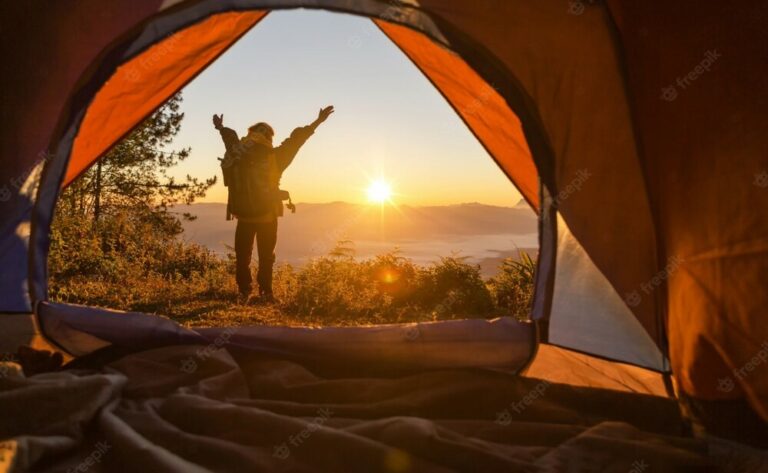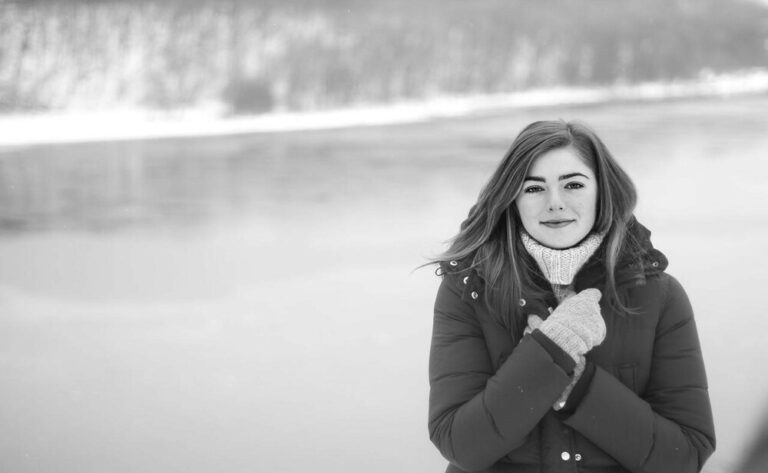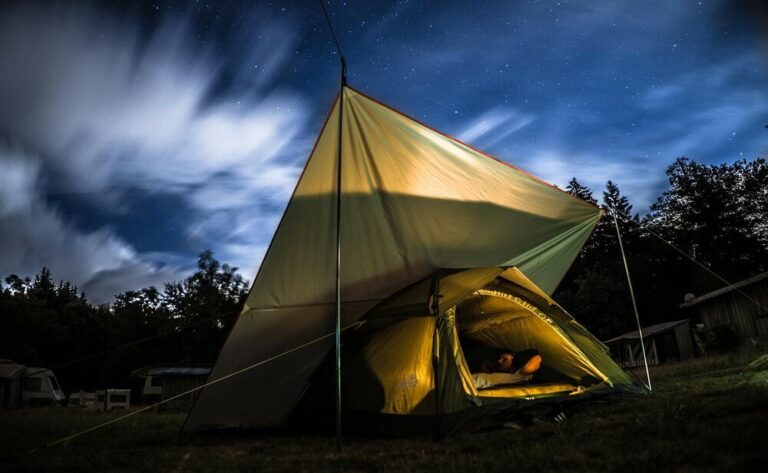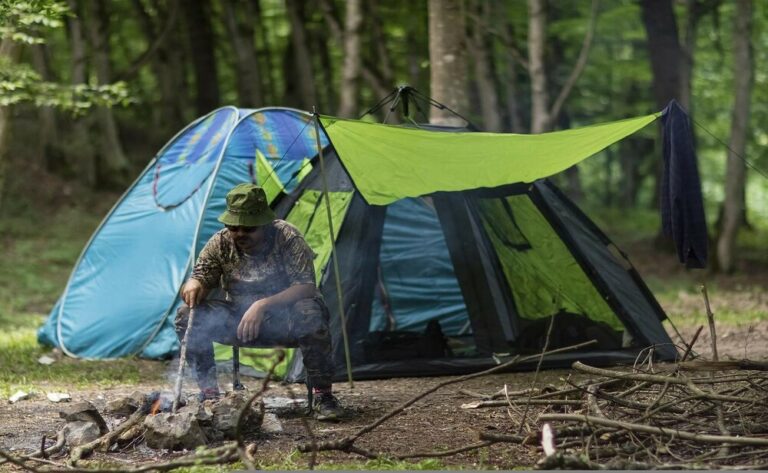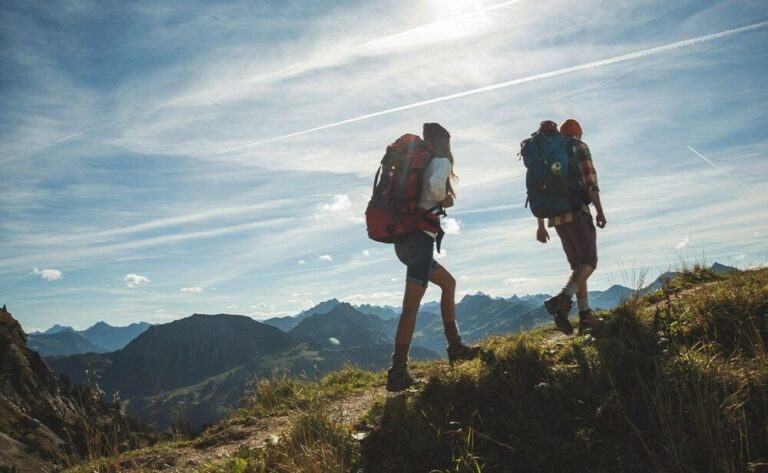Best Camping Windbreaks: All You Need to Know
What is Camping Windbreak?
A campground windbreak is a structural barrier of wood or other materials that protects a campground from the elements. In the past, you would see these windbreaks constructed in a series of straight lines for each section of the campground. This will generally help reduce the amount of direct sunlight that gets in the campground and therefore reduces the need for electric lights to warm up the campground at night. Windbreaks are also handy for blocking the wind and hail.

Historically, windbreaks were constructed for a reason – namely to help prevent lightning strikes in the campground. Some early windbreaks were also used as fencing to keep sheep in. Today, most campground owners prefer windbreaks made of wood. Wood is a renewable resource and requires very little upkeep compared to structures made of metal. Wood windbreaks can last for generations if they are left in a good condition. There are several different types of wood for campground windbreaks. Cedar is a popular choice. Some prefer shingles or solid wood.
Almost every trailhead is lined with various kinds of windbreaks for use by hikers and backpackers. When you’re on a hard trail and hiking up the mountain, you’re exposed to wind and weather, but if you’re camping or simply relaxing around camp, you don’t want to spend time messing with a tarp. These windbreaks come in all shapes and sizes. This post will provide some information on which windbreaks are best for specific kinds of camping situations. If you’re interested in other ideas for staying dry, read this post.
Types of Windbreak
Before getting to the good stuff, let’s be clear about a couple of terms. Two terms you’re going to hear a lot are “Tarp” and “Camper”. A tarp is an insulated panel that can be covered in plastic and used as a tent. The benefits of a tarp are many, but the biggest benefit for backcountry hikers is that a tarp provides one of the lightest shelters, yet provides protection from wind. A tarp doesn’t provide any shelter from rain and can be a bit unwieldy, but overall it’s still one of the most common types of windbreaks you’ll see at a trailhead.
A “camper” is a type of tent with a flap that can be set open or closed. Depending on your preference and the conditions, you can choose to keep your camp warm or have wind protection. A tarp provides all the wind protection you need, while a camper allows some ventilation and some light, so the benefit is sort of like a hard-sided tent with wind protection thrown in.
Tents, where they exist, are a little bit different. The tent includes two and three-person models where a single person is facing in the direction of the wind, but it can also refer to a two-person tent where one person faces the wind, and the other one faces away. There are a lot of factors at play with tents, including wind performance, water resistance, floor, loft, ventilation, and aesthetics, but the bottom line is that a tent protects from wind, yet can be a bit light on the interior space.
There are three major categories of shelter that I consider backpackers’ needs:
Backpacking Lights
When you’re backpacking, a lot of time your pack is on your back and you’re looking for shelter. Two different shelters require light, one from a headlamp or flashlight and the other from a lantern. I only recommend using lanterns, not headlamps, because headlamps will cause the light to bounce off the interior of the shelter, which will interfere with your ability to see inside the shelter. Lanterns do not require the light to bounce around, and it’s possible to run the lantern off of batteries in a lantern that provides electricity to the flashlight, so you don’t have to buy separate batteries for a flashlight. I don’t believe a battery will extend the life of the headlamp, but you might be able to get the flashlight to last even longer by running the battery from the headlamp.
The advantage of a lantern is that you can run a lantern in low-light situations, such as a tent with no external light, and because there’s no electrical supply required, you can run lanterns off of a battery. A third light option is a battery lantern, which may be too heavy for backpacking, and also requires an external source of light. My suggestion would be to use both a flashlight and a lantern and pack one of each in your pack. You should still be prepared for severe weather by carrying a water bottle, emergency snack, rain jacket, and compass.
Small Footwear
Footwear choices are important, even in warmer weather. Footwear is often more important for backpacking than for day hiking because the terrain is generally steeper and foot strength is likely to be a lot less. Socks, in my opinion, are the best way to go. After all, if your feet are cold, it’s hard to stay warm with a few layers on. When choosing socks, I recommend high-quality wool socks, since I’ve yet to find any brand that doesn’t fall apart after a few months of use. As an alternative to wool socks, wool-blend socks are also a good option, as are wool and synthetic merino socks. The first two options are a bit warmer and thicker than their wool-blend counterparts, but the merino-based socks will be less likely to fall apart after a few months of use.
Wearing your socks the wrong way can also cause foot issues. To prevent them from slipping off your foot, I recommend tying your hiking shoes on before putting on your socks. If you do end up losing your shoes, the socks may still stay on your feet. There are also plenty of synthetic socks available now that are much cheaper than regular wool socks, and will stay on your feet just as well. Boot liners (jandals) are another good option if you want to be able to wear water shoes and still get out of the weather and into the wilderness.
Water
There’s a lot of debate over water requirements, and I have never found a way to make it through a multi-day trip without a water filter. It’s not possible. However, I do recommend carrying plenty of water on your pack to meet the needs of you and your pack mates, as well as the needs of the wildlife. After all, many animals do not drink water from lakes or streams, and many animals cannot survive without drinking water at some point in their lives.
For this reason, I would recommend carrying a camping water filter, like a Nalgene or Coleman, instead of just a 1.5-liter bottle of water. This way, you can save money, and avoid carrying one liter of water every 24 hours, which can be a significant weight. I also recommend carrying a small cooking kit with you, which should include a pot, pan, plates, spoons, and knives. This way, you can cook in the wilderness without bringing up all the supplies that you would need for a large meal.
If you’re thinking of carrying an entire kitchen along for your trip, you’re either going to carry a large backpack, or your pack will have to be very light. Since I’m personally not willing to sacrifice quality, I would recommend carrying just enough equipment to create a meal, without eating out for a week. Windbreaks for camping are always a good idea, whether you’re backpacking or day hiking, as they help you to stay dry and insulated from the elements.
Advantages of Windbreak for Camping
- Wind protection: Depending on the wind direction, having windbreaks can be a significant advantage to camping without a tent, as they help to block the wind that might otherwise cause you to become wet or chilled.
- Keeps water out of your tent: Having the wind at your back while you sleep is great, since it helps to keep the tent air dry, and it helps to keep water out of your tent. This is a really important thing to consider when camping, as you want to keep all the moisture from escaping your tent. Having windbreaks will help in this regard.
- They keep your clothes dry: When you camp, you probably don’t want to have to worry about keeping your clothes dry. If your clothes are wet when you wake up, your whole day will be ruined. Having windbreaks will prevent that from happening.
- They keep wildlife away: Being kept cool and dry while you sleep, as well as having windbreaks blocking the wind, will allow animals to feel safe away from your tent.
- They keep your food away from insects: Many insects, like mosquitoes, are attracted to moisture. Having a tent and windbreak will keep your food dry and safe from insects.
- You don’t have to wear a raincoat: Many backpackers recommend carrying a raincoat to camp, just to keep you and your gear dry. This is fine in many cases, but I recommend carrying a hat, sweater, and rain pants as well. All of these things are lightweight and will allow you to camp without worrying about ruining your nice clothes.
- They protect your feet: Some people find that the holes in the ground can be a big problem, especially in winter, when rainwater runs off the ground onto their feet. Having a windbreak and some good shoes can go a long way in protecting your feet from the elements.
- They make your campsite more enjoyable: Having the wind blowing at your back while you camp is a big advantage, especially if you’re spending a lot of time in your tent.
- They make your cooking easier: Having a windbreak is a great way to keep insects and dirt off of your hands and your food. It will make it easier to cook, and also keep you and your food cleaner.
- Camping without a tent isn’t much different than day hiking or backpacking: Many people who camp without tents assume that camping is hard, or that it’s not as fun. They are surprised at how much they can enjoy their time outdoors with a few simple things.
Use a Windbreak for Backpacking or Day Hiking
I’m personally a big fan of carrying a lightweight windbreak when I’m backpacking, and I’ll often carry a thin backpack without a tent, for example. If you don’t have a lot of equipment to carry, it can be nice to have a little extra wind protection, and since it won’t be taking up any extra space in your pack, it will be much easier to carry, and it will reduce your pack weight. Here are some ideas for using windbreaks for backpacking or day hiking:
- At the trailhead, tie a simple 1×1 tarp up as a windbreak.
- If you have a lot of slack in your hiking schedule, you can even start camping as soon as you arrive at your campsite, and you can extend the tarp over your picnic table or campfire.
- Tie a simple tarp over your tent to provide a small breeze.
- Windbreaks are great at keeping animals and bugs away, and they can also block the sun so your tent is nice and cool.
- A simple hammock is a great way to camp while also using a windbreak.
- Tie a tarp over your backpack to block the sun.
- Tie up a tarp to your tent to block the rain.
- Simply tie up your rainfly when the weather starts getting wet.
- If you don’t have a tarp, simply use a hammock!
- Sun protection is also very important, especially if you’re heading to the desert!
What are your favorite ways to use a windbreak for backpacking or day hiking?
